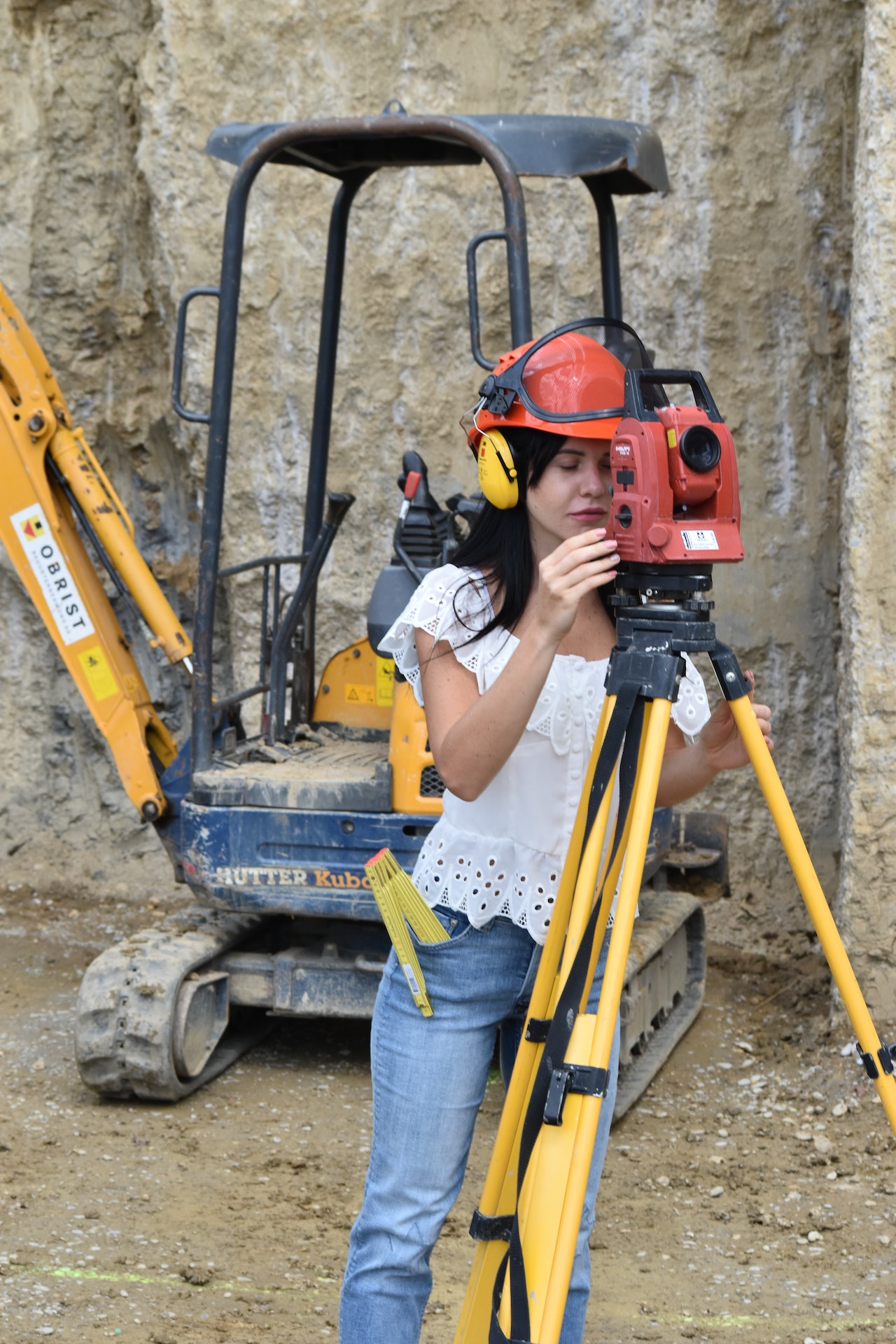Area and surface measurements are essential in various fields, from construction and architecture to geography and land surveying. Different systems of measurement, such as the English system and the Metric system, offer distinct units and conventions for measuring area and surface. In this article, we will explore the intricacies of measuring area and surface in both systems and discuss their similarities and differences.
Let’s begin by examining the units of measurement in the English system. In this system, area is commonly measured using square units, such as square inches (in²), square feet (ft²), and square yards (yd²). For example, the area of a rectangle with a length of 5 inches and a width of 3 inches would be expressed as 5 in² × 3 in² = 15 in². Similarly, surface measurements in the English system often use square units, such as square miles (mi²) for large areas and acres for smaller land areas.
In the Metric system, area is typically measured using square meters (m²) as the primary unit. For example, the area of a rectangle with a length of 5 meters and a width of 3 meters would be expressed as 5 m² × 3 m² = 15 m². The Metric system also employs square units with prefixes, such as square centimeters (cm²) and square kilometers (km²), to express smaller and larger areas conveniently.
To convert between square units in the English and Metric systems, one must use specific conversion factors. For example, 1 square meter is approximately equal to 10.764 square feet. Therefore, to convert square meters to square feet, one must multiply the value in square meters by 10.764. Conversely, to convert square feet to square meters, one must divide the value in square feet by 10.764.
When it comes to surface measurements, the English system often uses square units as well, such as square miles and acres. For instance, in real estate, land area is often measured in acres, where one acre is equal to 43,560 square feet. Surface measurements in the Metric system are primarily expressed in square meters or square kilometers.
The use of square units in both systems for measuring area and surface offers some common ground, allowing for straightforward conversions between units in many cases. However, it is worth noting that the Metric system’s use of square meters as the base unit for area measurements offers certain advantages. The use of base units and decimal-based prefixes in the Metric system simplifies calculations and allows for easy expression of areas across a wide range of magnitudes.
In contrast, the English system’s use of different square units, such as square inches, square feet, square yards, and square miles, can lead to complexities in measurement and conversion. For example, when working with larger areas, such as in land surveying, it is common to encounter acres, square miles, and even sections, where one section is equal to one square mile.
The Metric system’s use of square meters as the primary unit for area measurements aligns with scientific and engineering standards and promotes international standardization. The square meter is a universally recognized unit and is widely used in scientific research, engineering, and everyday applications worldwide.
Another notable difference between the two systems lies in the measurement of irregular shapes and surface areas. In the English system, calculations involving irregular shapes often require the use of formulas, such as those for triangles, circles, and polygons, to find the area or surface area accurately. In the Metric system, the use of the square meter as the base unit simplifies these calculations and allows for a consistent approach across different shapes.
In recent years, there has been a global push towards adopting the Metric system as the standard measurement system, including for area and surface measurements. Most countries have already transitioned to using square meters as the primary unit for area and surface calculations, especially in scientific research and international standards. This shift promotes international standardization, efficient communication, and unified understanding across borders.
Measuring area and surface in the English and Metric systems involves the use of square units, such as square inches, square feet, square yards, and square miles, in the English system, and square meters in the Metric system. While both systems share some common ground in using square units, the Metric system’s use of square meters as the base unit offers advantages in terms of simplicity, consistency, and alignment with scientific standards. Understanding these differences is crucial for accurate measurements, effective communication, and global cooperation in various fields, including construction, real estate, geography, and land surveying.


